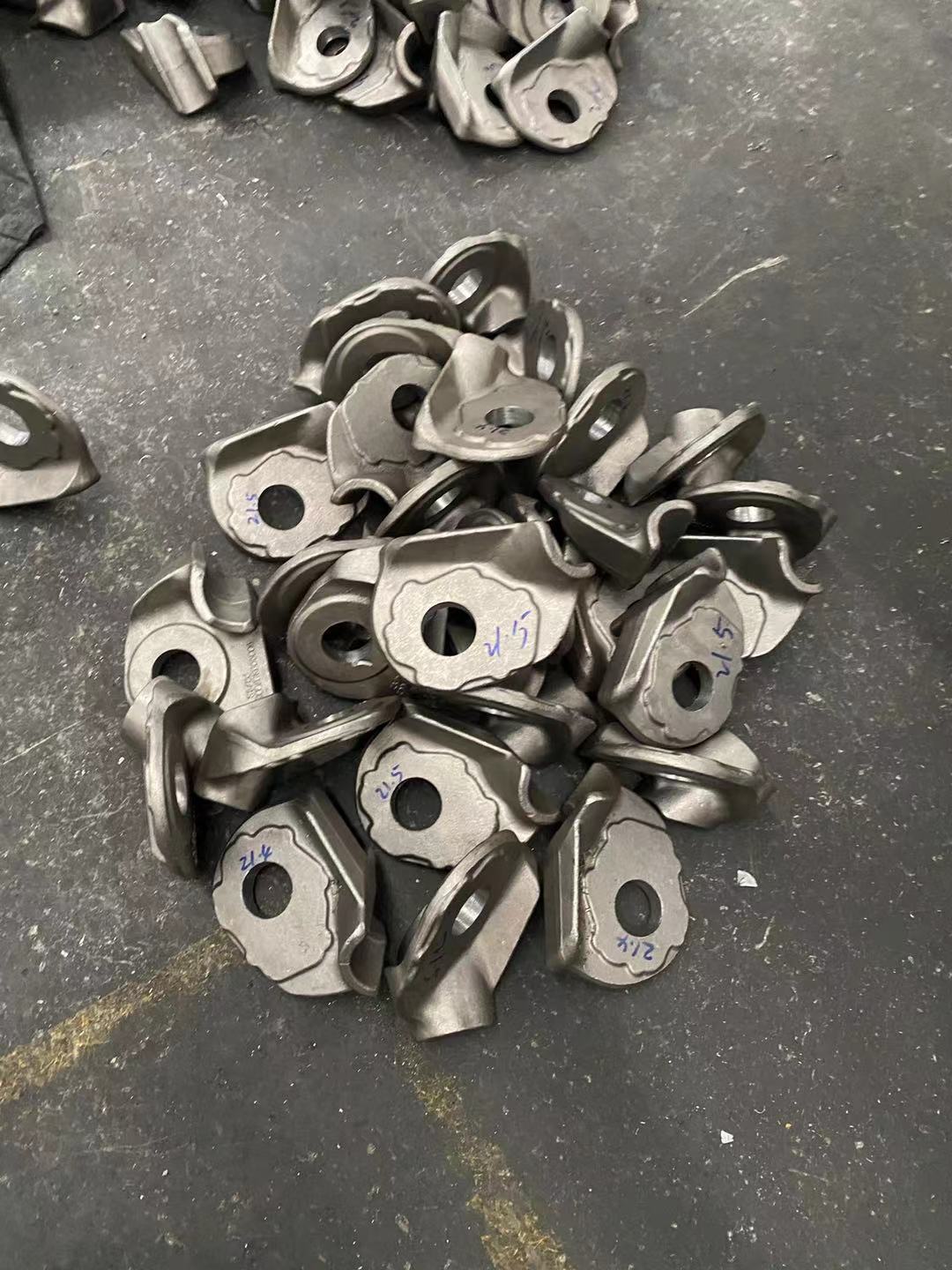How does a forge make a high density forgings
How does a forge make a high density forgings
Along with the continuous occurrence of our national economy, the use of forgings is more and more widespread, so the forging plant requires mainly in manufacturing forgings, the size, shape, position and surface precision of forgings, among which surface precision mainly refers to surface roughness.
Compared with ordinary die forging, the main advantages of precision die forging are: less machine manufacturing allowance; High dimensional accuracy, that is, the dimensional deviation of precision die forging parts is smaller than that of ordinary die forging parts, generally half of ordinary die forging parts deviation, or even small; The surface is very good, that is, the surface roughness of precision die forging is low, the surface pits and other defects and the width of residual flying edge left after cutting is strictly restricted.
Compared with cutting manufacturing, the main advantages of precision die forging are: because the shape and size of the blank of the forging is close to or even exactly the same as the finished parts, so the material utilization rate is high; Because of precision molding, the distribution of metal fibers is consistent with the shape of the parts and continuous compact, so that the mechanical properties of the parts have a great increase, so, precision die forging is also called less cutting process.
Forgings in the heat treatment furnace is found overheating, can be taken from the overheating temperature to the temperature of the air cooling to the disappearance of fire color (about 500 ~ 550℃), and then heating to the annealing temperature, the forging plant overheated forgings, can use the correct specification and then 1 normalizing or annealing, in order to re refine its grain, overheat is not serious forgings, can use 1 normalizing; The larger forgings can be used twice normalizing (Ac3+50 ~ 70℃), for more serious overheating forgings, can be used 2 times normalizing, Ac3+100 ~ 150℃; Ac3+30 ~ 50℃, it is very important to avoid overheating, which requires the selection of appropriate heating temperature and heating and holding time, strictly and correctly execute the heating specification.
The forging plant should overhaul the temperature control instrument in time and install the thermocouple correctly to avoid excessive heating temperature. When the forging heating temperature is high to close to the metal melting temperature, then not only coarse grains, but also cause austenite, serious oxidation of grain boundaries and melting of low melting point components, destroy the interaction between grains, so that the forging scrap, this phenomenon is called overburning, the forging plant in the heating process from the steel sparks, Observation of the tissue found that melting or oxidation phenomenon along the grain boundary, has been unable to use, for the overburned parts can not be remedied, can only be scrapped.

Along with the continuous occurrence of our national economy, the use of forgings is more and more widespread, so the forging plant requires mainly in manufacturing forgings, the size, shape, position and surface precision of forgings, among which surface precision mainly refers to surface roughness.
Compared with ordinary die forging, the main advantages of precision die forging are: less machine manufacturing allowance; High dimensional accuracy, that is, the dimensional deviation of precision die forging parts is smaller than that of ordinary die forging parts, generally half of ordinary die forging parts deviation, or even small; The surface is very good, that is, the surface roughness of precision die forging is low, the surface pits and other defects and the width of residual flying edge left after cutting is strictly restricted.
Compared with cutting manufacturing, the main advantages of precision die forging are: because the shape and size of the blank of the forging is close to or even exactly the same as the finished parts, so the material utilization rate is high; Because of precision molding, the distribution of metal fibers is consistent with the shape of the parts and continuous compact, so that the mechanical properties of the parts have a great increase, so, precision die forging is also called less cutting process.
Forgings in the heat treatment furnace is found overheating, can be taken from the overheating temperature to the temperature of the air cooling to the disappearance of fire color (about 500 ~ 550℃), and then heating to the annealing temperature, the forging plant overheated forgings, can use the correct specification and then 1 normalizing or annealing, in order to re refine its grain, overheat is not serious forgings, can use 1 normalizing; The larger forgings can be used twice normalizing (Ac3+50 ~ 70℃), for more serious overheating forgings, can be used 2 times normalizing, Ac3+100 ~ 150℃; Ac3+30 ~ 50℃, it is very important to avoid overheating, which requires the selection of appropriate heating temperature and heating and holding time, strictly and correctly execute the heating specification.
The forging plant should overhaul the temperature control instrument in time and install the thermocouple correctly to avoid excessive heating temperature. When the forging heating temperature is high to close to the metal melting temperature, then not only coarse grains, but also cause austenite, serious oxidation of grain boundaries and melting of low melting point components, destroy the interaction between grains, so that the forging scrap, this phenomenon is called overburning, the forging plant in the heating process from the steel sparks, Observation of the tissue found that melting or oxidation phenomenon along the grain boundary, has been unable to use, for the overburned parts can not be remedied, can only be scrapped.

Send Inquiry
X
We use cookies to offer you a better browsing experience, analyze site traffic and personalize content. By using this site, you agree to our use of cookies.
Privacy Policy



